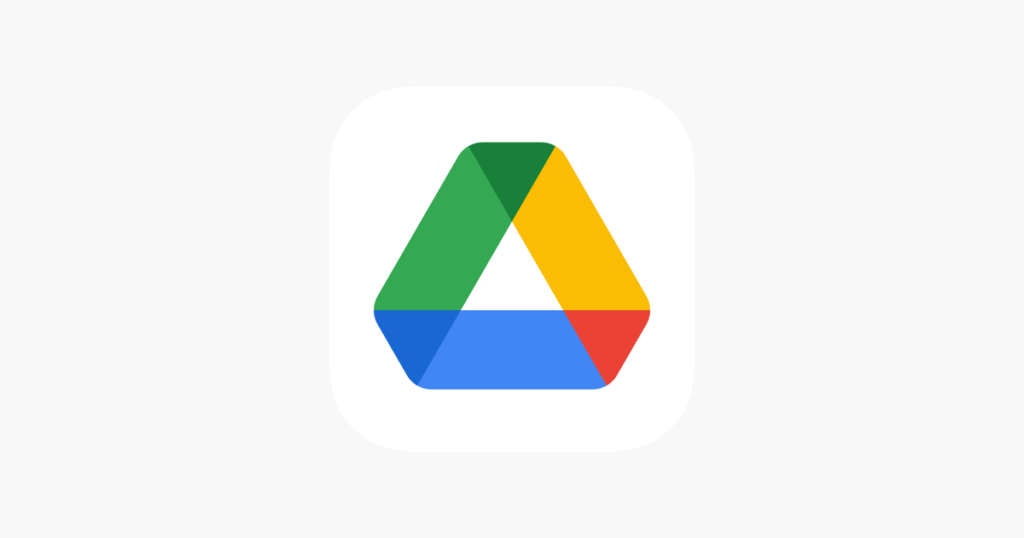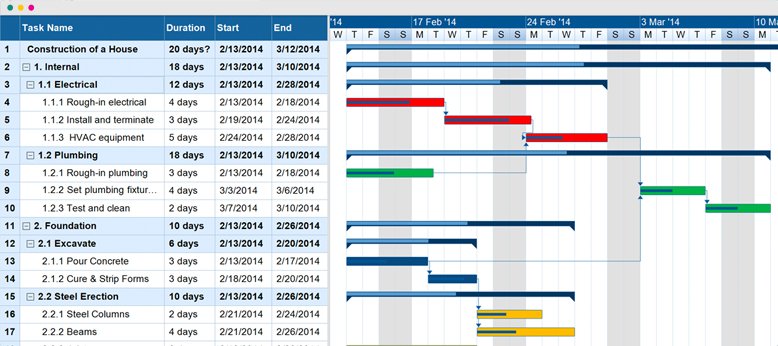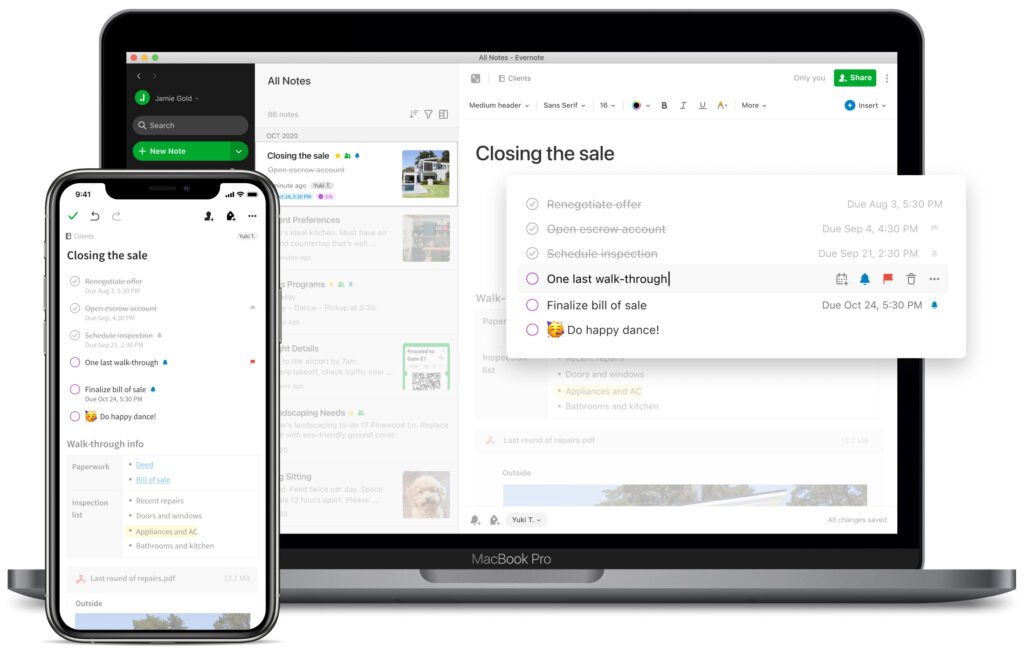
Photo:
App Store - Apple
 Automation tools like IFTTT (If This Then That) and Zapier link various apps and services to automate repetitive tasks. Users may automate routine tasks by setting up a trigger and an action, If This Then That (IFTTT). For instance, IFTTT may be set up to automatically upload any attachments to emails with a specific subject line to a cloud storage service like Google Drive or Dropbox. Similar to Zapier, but with more sophisticated automation tools and more app integrations.
TextExpander is another automation application that helps users save time by letting them build custom shortcuts for often-used words and paragraphs. This may be particularly useful for those who write a lot of emails or papers and need to save time on repetitive typing.
Another form of automation technology gaining ground in various industries is robotic process automation (RPA). RPA uses software robots to carry out tasks traditionally carried out by people, such as data input, invoice processing, and report preparation. As a result, businesses may save time and money while eliminating mistakes and boosting efficiency.
Many advantages exist for automation tools. The first benefit is that they cut down on wasted time by automating repetitive tasks and eliminating the need for human intervention. This frees up workers to focus on more strategic and creative tasks. Second, in industries like banking and accounting, automation may help cut down on mistakes and boost precision. Third, automation may improve overall productivity and efficiency, raising earnings.
In conclusion, automation tools are crucial for increasing productivity in today's fast-paced environment. Automation tools may save time, reduce mistakes, and improve overall efficiency. Furthermore, by integrating automation into your workflow, you can free up time to focus on tasks that call for higher-order thinking and problem-solving, which will help you succeed in both your personal and professional endeavors.
GOAL SETTING TOOLS
Setting goals and tracking progress are crucial for achieving maximum output. With the help of goal-setting tools, users may divide their objectives into doable tasks and monitor their progress toward achieving them. Here, we talk about the importance of goal setting and the many tools that may be used for it.
Goal setting helps people remain focused and motivated toward achieving their objectives. Users may manage their tasks and time more effectively by setting attainable goals. This increases output and aids in reaching a feeling of fulfillment and success.
Several Methods of Setting Objectives
Automation tools like IFTTT (If This Then That) and Zapier link various apps and services to automate repetitive tasks. Users may automate routine tasks by setting up a trigger and an action, If This Then That (IFTTT). For instance, IFTTT may be set up to automatically upload any attachments to emails with a specific subject line to a cloud storage service like Google Drive or Dropbox. Similar to Zapier, but with more sophisticated automation tools and more app integrations.
TextExpander is another automation application that helps users save time by letting them build custom shortcuts for often-used words and paragraphs. This may be particularly useful for those who write a lot of emails or papers and need to save time on repetitive typing.
Another form of automation technology gaining ground in various industries is robotic process automation (RPA). RPA uses software robots to carry out tasks traditionally carried out by people, such as data input, invoice processing, and report preparation. As a result, businesses may save time and money while eliminating mistakes and boosting efficiency.
Many advantages exist for automation tools. The first benefit is that they cut down on wasted time by automating repetitive tasks and eliminating the need for human intervention. This frees up workers to focus on more strategic and creative tasks. Second, in industries like banking and accounting, automation may help cut down on mistakes and boost precision. Third, automation may improve overall productivity and efficiency, raising earnings.
In conclusion, automation tools are crucial for increasing productivity in today's fast-paced environment. Automation tools may save time, reduce mistakes, and improve overall efficiency. Furthermore, by integrating automation into your workflow, you can free up time to focus on tasks that call for higher-order thinking and problem-solving, which will help you succeed in both your personal and professional endeavors.
GOAL SETTING TOOLS
Setting goals and tracking progress are crucial for achieving maximum output. With the help of goal-setting tools, users may divide their objectives into doable tasks and monitor their progress toward achieving them. Here, we talk about the importance of goal setting and the many tools that may be used for it.
Goal setting helps people remain focused and motivated toward achieving their objectives. Users may manage their tasks and time more effectively by setting attainable goals. This increases output and aids in reaching a feeling of fulfillment and success.
Several Methods of Setting Objectives

Photo:
App Store - Apple
- OKR (Objectives and Key Results) software lets users define specific, quantifiable objectives, pinpoint the essential outcomes that will help them reach them, and monitor their progress toward achieving them. BetterWorks and 15Five are two well-known OKR programs.
- Habit Tracking Apps: Habit tracking applications like Habitica and Streaks let users keep tabs on their progress toward developing good habits or kicking negative ones. Users may monitor their progress and inspire themselves to keep going by setting daily weekly, or monthly goals.
- Goal Setting Workshops: Several businesses provide seminars to help workers define and accomplish personal and professional goals. These seminars, which may be in-person or virtually, can provide participants with valuable insights and strategies to help them achieve their objectives.
- Improved Motivation: Users may remain motivated and focused on achieving their objectives by setting specific goals and tracking their progress.
- Goal-setting tools help users prioritize their tasks and manage their time more effectively, which boosts productivity.
- Goal-setting tools enable teams to communicate and cooperate successfully toward achieving common objectives.

Photo: gantt
- Team members may communicate face-to-face even if they are located in different parts of the world, thanks to video conferencing technologies like Zoom and Microsoft Teams. Video conferencing also makes it easier to collaborate on projects and share ideas.
- Team members may share and collaborate on documents in real-time using cloud-based file-sharing platforms like Google Drive and Dropbox. This makes it easy for team members in various time zones to work on projects together.
- Teams can manage projects and tasks more effectively with the help of team collaboration tools like Asana and Trello. These tools often contain features like task assignment, deadline monitoring, and progress reporting, making it easy for team members to keep up with their work.
- Regardless of where they may be located, team members may communicate with one another more easily, thanks to collaboration tools. This leads to improved collaboration and improved workflow.
- Collaboration tools make cooperation more possible, promoting productivity and improving project results.
- Improved Project Management: Project management capabilities, such as task assignment and deadline monitoring, are typically implemented in collaboration tools, making it easier for teams to manage projects and keep on with their obligations.

Photo:
Evernote Help
















































